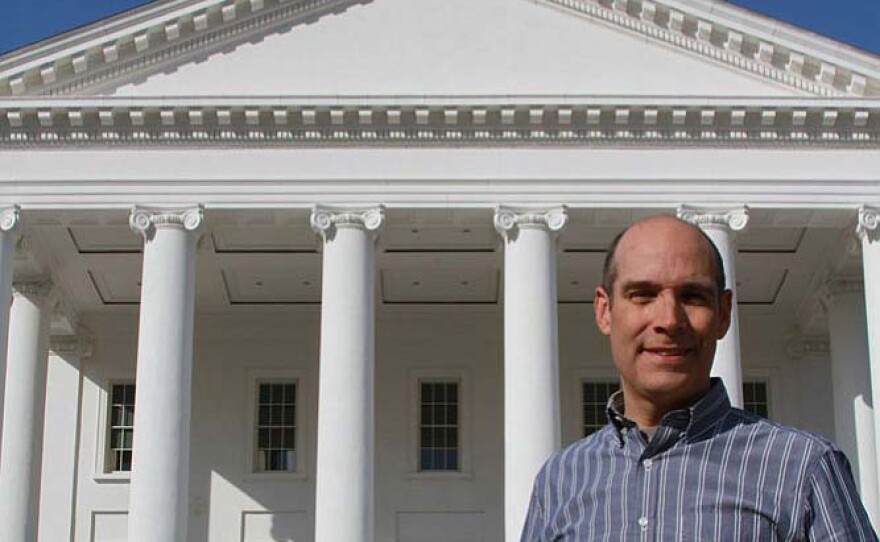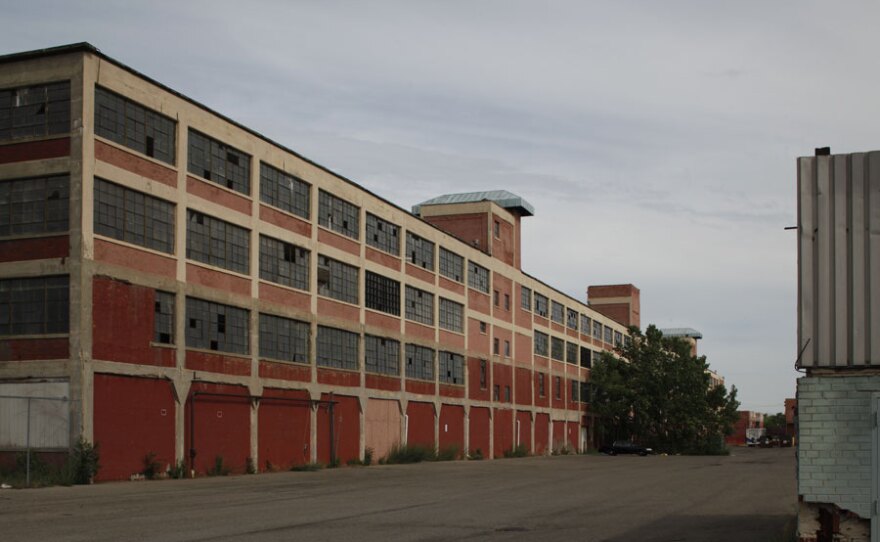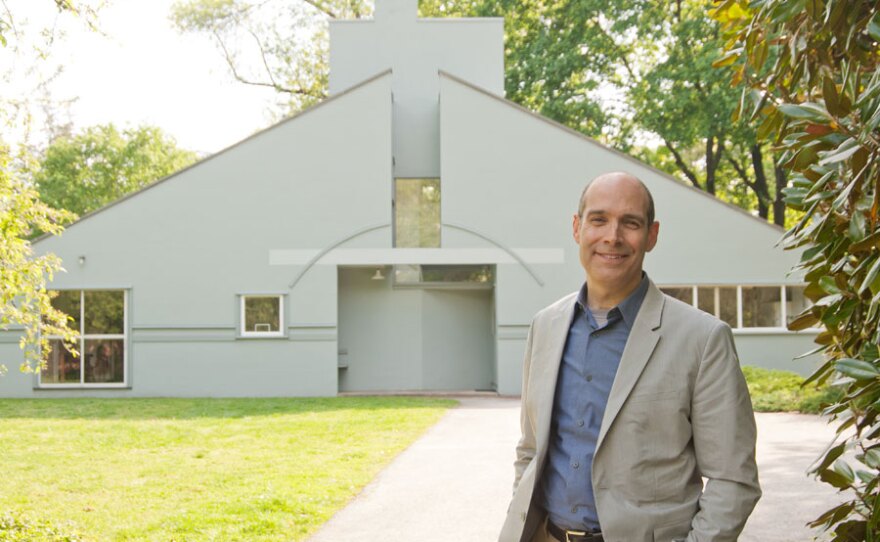"10 Buildings That Changed America," a PBS special about ten influential American buildings that changed the way we live, work, and play, premiered in 2013.
Written and produced by Dan Protess and hosted by Geoffrey Baer, the program was shot on location from Massachusetts to Los Angeles, and features rare archival images, distinctive animation, and interviews with some of the nation’s most insightful historians and architects, including Frank Gehry and Robert Venturi.
“You may not have heard of all of these ten buildings, but their influence is all around you,” says Baer. “There’s a good chance that these revolutionary works of architecture inspired your local city hall or library, the mall where you shop, the office building or factory where you work, and maybe even your own house,” he added.
Go inside these groundbreaking works of art and engineering and reveals the shocking, funny, and even sad stories of how these buildings came to be.
From the glorious Trinity Church, designed as “an envelope” for the voice ofRector Phillips Brooks (best known today as the writer of “O Little Town of Bethlehem”) to the Highland Park Ford Plant, designed by Jewish architect Albert Kahn, whose partnership with Henry Ford flourished despite Ford’s anti-Semitic writings, the program explores how their construction had consequences — some unintended — on cities and communities across the country.
Ultimately, the program is a journey inside the imaginations of a group of architects who dared to create these influential structures.
THE TEN BUILDINGS IN CHRONOLOGICAL ORDER ARE:
Virginia State Capitol, Richmond, Virginia (1788) – Designed by Thomas Jefferson, it marked the beginning of the American tradition of modeling government buildings on Roman and Greek temples.

Trinity Church, Boston, Massachusetts (1877) – Created by architect H.H. Richardson, Trinity was the first example of the/his Richardsonian Romanesque style, which was later used in churches, city halls and county courthouses across America.

Wainwright Building, St. Louis, Missouri (1891) – Louis Sullivan’s Wainwright Building was not the first skyscraper, but it gave the modern, steel-frame skyscraper its form. Historian Tim Samuelson said it “taught the skyscraper to soar.”

Robie House, Chicago, Illinois (1910) – Considered a masterpiece of Frank Lloyd Wright’s prairie style, it transformed the American home and even inspired the ranch houses of the mid-20th century.

Highland Park Ford Plant, Highland Park, Michigan (1910) – The first home of Henry Ford’s revolutionary moving assembly line, Albert Kahn’s “daylight factory” design revolutionized industrial architecture.

Southdale Center, Edina, Minnesota (1956) – America’s first fully enclosed, indoor regional shopping mall, it established the formula that all indoor malls followed for decades. Its architect, Victor Gruen, was a socialist who ironically thought shopping malls would cure suburban sprawl.

Seagram Building, New York (1958) – Mies van der Rohe’s tower on Park Avenue was the model for modernist skyscrapers built across the country in the mid-20th century: a dark glass box, set back on an open plaza.

Dulles International Airport, Chantilly, Virginia (1962) – Designed by Eero Saarinen, this was the first airport in the world created expressly for jets.

Vanna Venturi House, Philadelphia, Pennsylvania (1964) – Considered by many to be the first “postmodern” building. In an age of austere glass boxes, Robert Venturi dared to design a home that looked like a child’s typical drawing of a house.

Walt Disney Concert Hall, Los Angeles, California (2003) – Frank Gehry’s swooping stainless steel design was a radical departure from the traditional, even stuffy, idea of a concert hall. It inspired other architects to set their imaginations free.

Who Built it? Quiz
Match the building with the architect who designed it in this quiz. Drag and drop the architects to put them in order.
Interactive Map
Click on the markers to view information about the buildings on this map.
Ten More Buildings
The buildings featured in "10 Buildings That Changed America" are not the only ten buildings that influenced our built environment. In fact, selecting just 10 buildings from all of the landmarks was extremely challenging. So we present 10 more buildings that deserve recognition. Share your own choices, and join the conversation about other buildings that shaped America.
Ten Building Trends
What buildings and trends will shape our future landscape? Far from the flying cars and personal helipads envisioned by the fanciful futurists of the mid-twentieth century, trends in our built environment today are moving toward sustainability, renewable and recycled materials, energy efficiency, and a smaller footprint – both literally and figuratively.
Watch On Your Schedule:
This episode is currently available to stream on demand.





